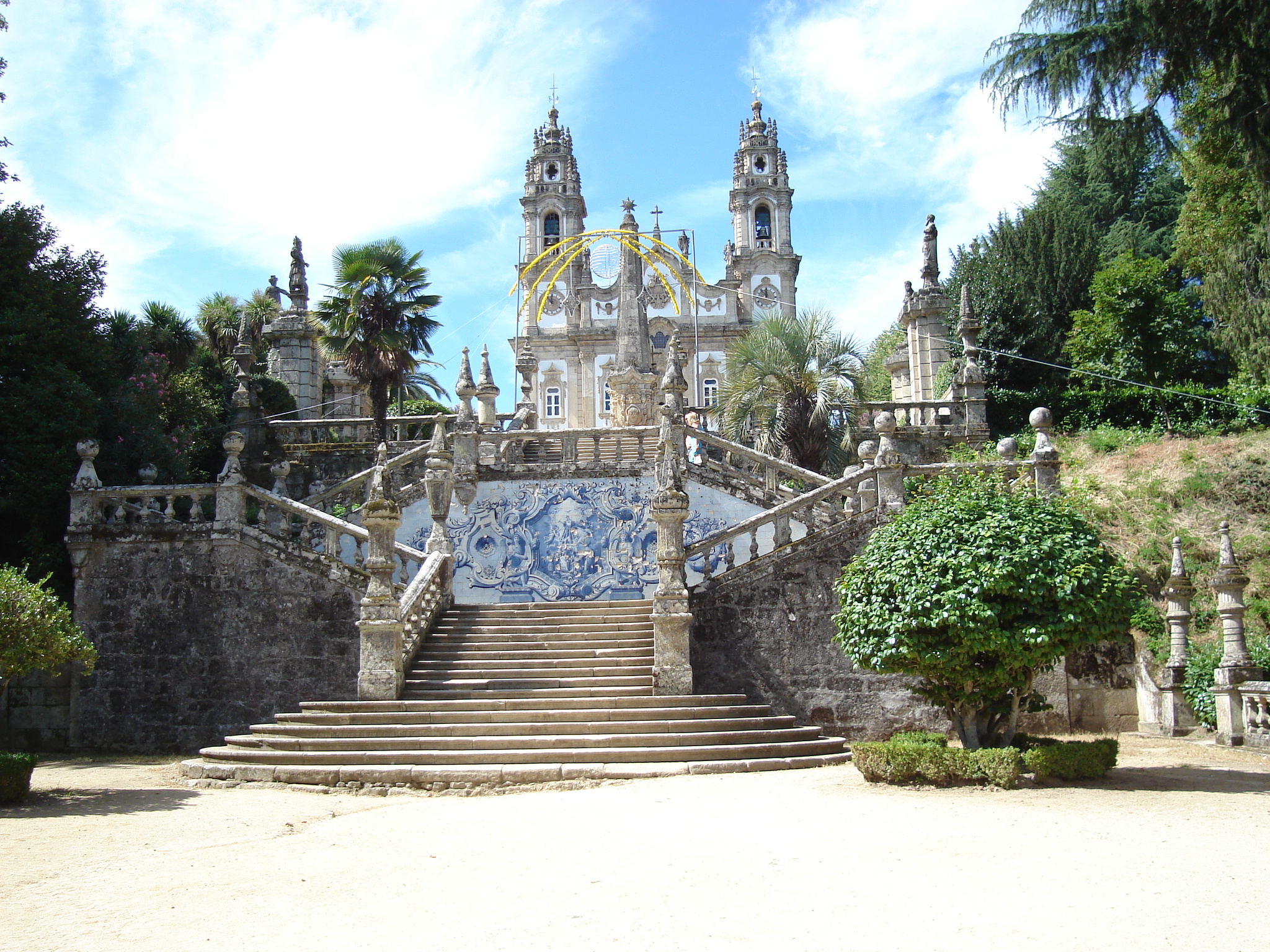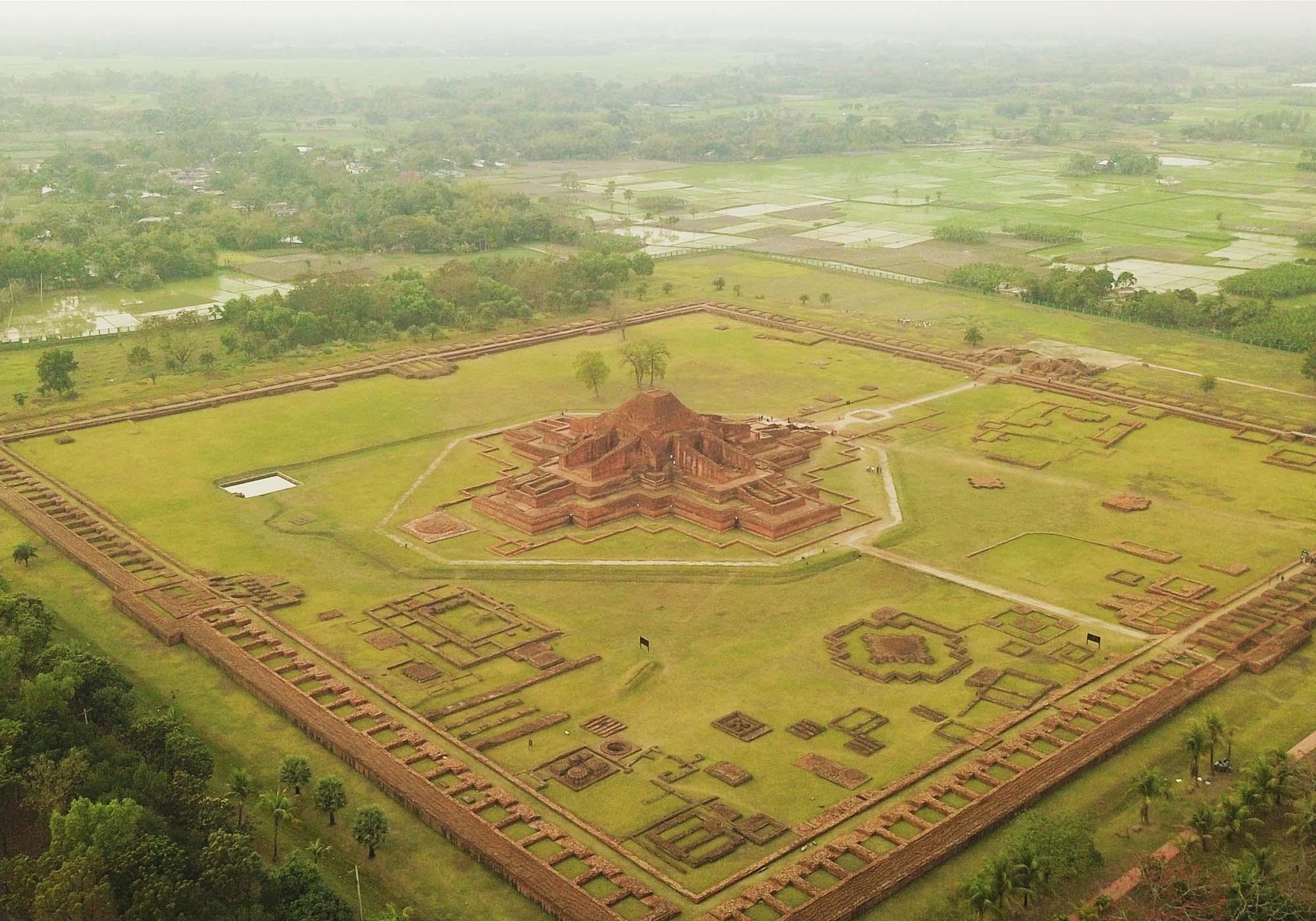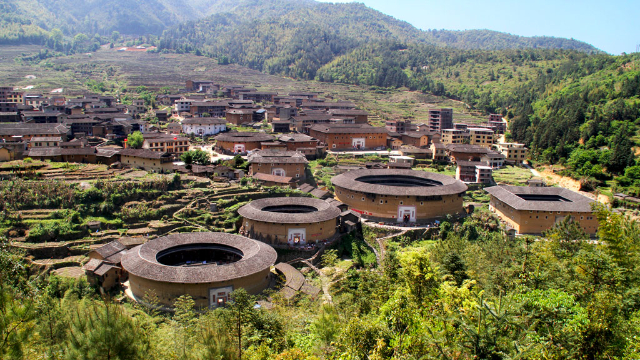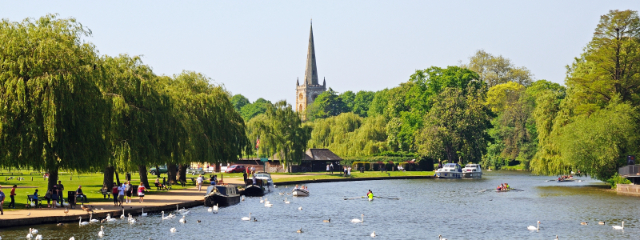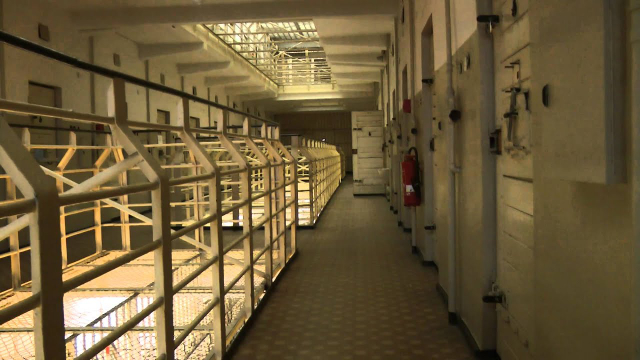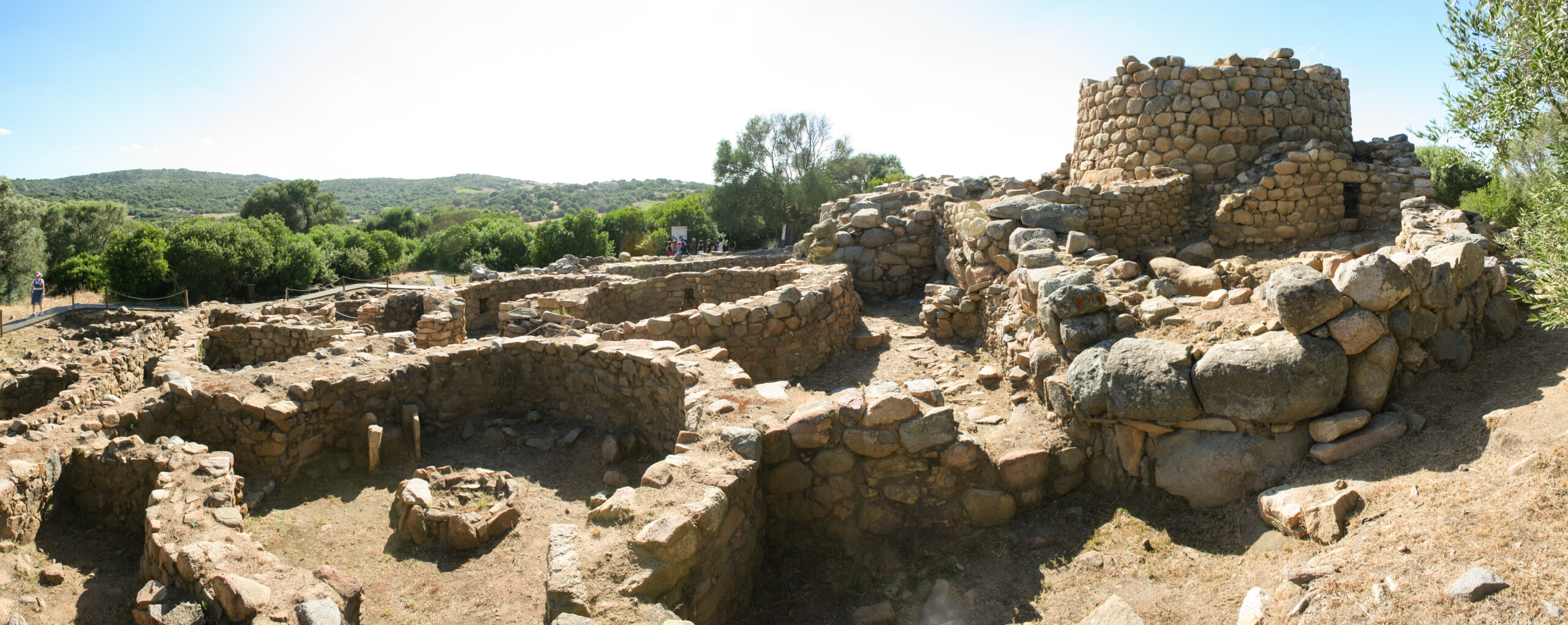Located about 12 km from the banks of the Douro, Lamego experienced a period of great prosperity in the 18th century with the production of vinho fino, which is the origin of the famous Port wine. A very ancient town, the Visigoths had already elevated Lamecum to bishopric in the 7th century.
Later, the city experienced a similar fate to many other places that would later become Portuguese: taken by the Moors, reconquered by the Christians, it returned to Islamic hands until, in 1057, Ferdinand I the Great, king of Castile, great-grandfather of D. Afonso Henriques, first king of Portugal, finally regained it. Of those medieval times remain the castle, in the upper part of the city, the Self and the small church of Santa Maria de Almacave.
For long centuries, the predominant influence of the Church, which the extinction of Religious Orders would reduce in 1834, enriched Lamego with numerous places of worship that reveal the classical influence of the time when they were built, in the 16th and 17th centuries. The stories told by the azuljos that cover the walls, the sacred painting and the beautiful golden decorations added in the Baroque period are just as good reasons to visit them. Of special importance is the Igreja do Convento de Santa Cruz, with a view of the city, and the sumptuous and monumental Baroque sanctuary dedicated to Nossa Senhora dos Remédios, which, from its 600 metres high, responds to the appeal of the afflicted believers, granting grace for their evils. The city gives thanks to Our Lady in the right way, dedicating the great Romaria de Nossa Senhora dos Remédios to her every year between the 6th and 8th of September.
At the opposite end, near the steps of the Santuário de Nossa Senhora dos Remédios stands a beautiful 18th century palace, characterized by a sober and elegant baroque, which was the bishop’s palace of Lamego. On the main door are sculpted the arms of Bishop D. Manuel Vasconcelos Pereira, who was responsible for the reconstruction and extension of the old bishop’s palace. Around 1940 this place was destined to preserve the very rich heritage of the Museu de Lamego, which is worth a visit.
The location of Lamego, very close to the banks of the Douro, also provides the opportunity for beautiful walks, to admire the wonderful panorama of the great valleys where the Port wine is born.
